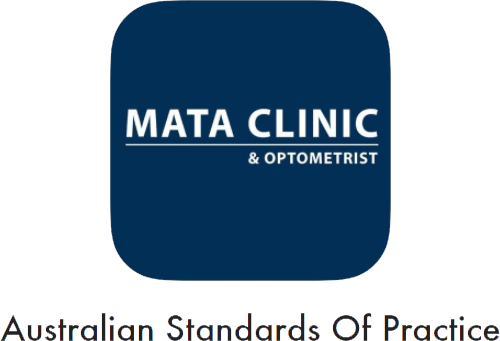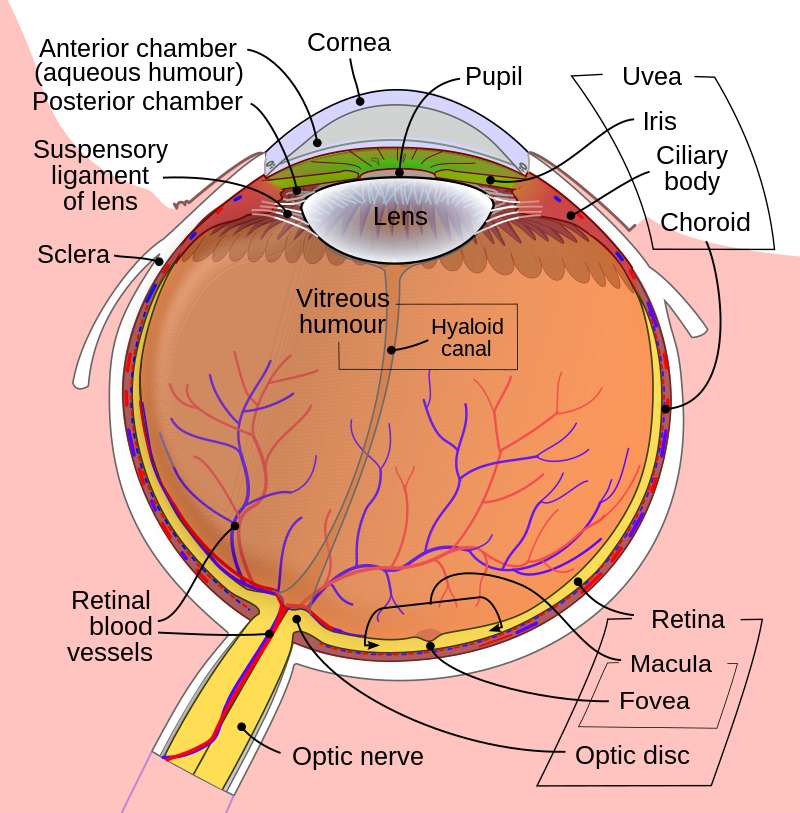Q. My ophthalmologist says I have drusen scattered over the macula in both eyes and wants to check them every nine months. Could you say something about what drusen are and what they mean?
A. Drusen are small, yellowish deposits of cellular debris that accumulate under the retina — the light-sensitive layer of cells at the back of the eye that’s essential to vision. Drusen occur in most people over age 60 and are more common in women than men.
| How drusen form
Drusen are deposits of extracellular waste that accumulate under the retina, between a specialized layer of cells called the retinal pigment epithelium (RPE) and Bruch’s membrane, a meshwork of fibrous proteins (mostly collagen). The RPE helps maintain the photoreceptors (the light-sensing cells that make up the bulk of the retina), transporting nutrients and wastes between the photoreceptors and the blood vessels that supply them. By age 60, changes take place that can cause drusen to build up on Bruch’s membrane, which displaces the RPE and forces the two layers apart. Such disruption to the RPE can damage the photoreceptors. An increase in the number or size of the drusen increases the risk of age-related macular degeneration. |
A few small drusen can be a harmless sign of age, but more numerous and larger ones may indicate an early stage of age-related macular degeneration (AMD) — a condition that seriously impairs vision. In the United States, it’s the leading cause of blindness in people over age 65.
AMD is a degenerative disease that affects the macula, the area of the retina responsible for central vision. Sharp central vision allows us to see the fine detail we need to discern objects, recognize faces, and perform tasks such as reading and driving. As the macula breaks down, areas in the center of the visual field begin to blur.
There are two types of AMD: “dry” and “wet.” Dry AMD, the most common type, progresses gradually and usually causes only mild visual impairment. But it can progress to a more advanced stage of dry AMD — or develop into wet AMD. The wet form accounts for only 10% to 15% of all cases, but it’s more likely to cause severe damage to the macula and rapid loss of central vision.
One early sign of dry AMD is the accumulation of drusen beneath the macula. Drusen do not cause AMD, but as the condition progresses and vision blurs, they enlarge or form clusters.
Any increase in their size or number raises the risk of developing advanced dry AMD or wet AMD. Ophthalmologists watch for these changes because there’s evidence that you can help stave off intermediate- to advanced-stage dry AMD by taking a high-dose antioxidant supplement with zinc. The formulation studied in the National Eye Institute’s Age-Related Eye Disease Study (AREDS) contained 500 milligrams (mg) vitamin C, 400 international units (IU) vitamin E, 15 mg beta carotene, 80 mg zinc, and 2 mg copper.
It’s possible that the drusen in your eyes won’t affect your vision at all, but now that they’ve been detected, your ophthalmologist is correct in checking your eyes regularly. Though the AREDS antioxidant formulation hasn’t been shown to actually prevent AMD or to slow its early progression, regular exams can detect a shift to intermediate-stage AMD, where the supplement can make a difference, slowing or preventing further progression of the disease.





1 Comment
Add Yours →Hello there, just became alert to your blog through Google, and found
that it’s really informative. I am gonna watch
out for brussels. I’ll be grateful if you continue this {in future}.
Lots of people will be benefited from your writing.
Cheers!